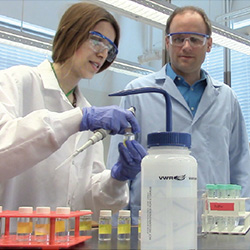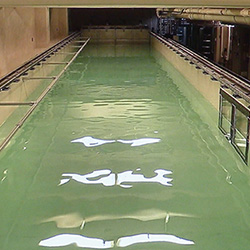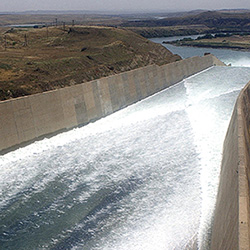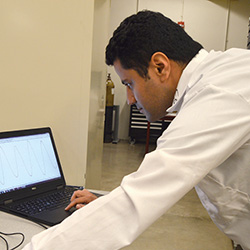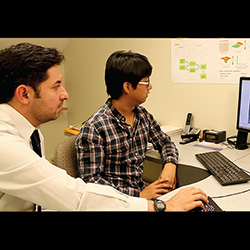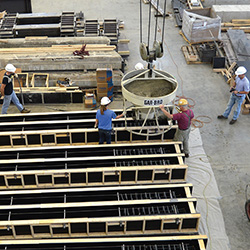Engineering dwellings to survive on the moon or Mars
If you've seen the movie "The Martian," starring Matt Damon as an astronaut presumed dead and left behind on Mars, then you know he manages to stay alive for years inside an artificial habitat nicknamed "The Hab." Just how realistic is that structure? Not very, says Antonio Bobet, professor of civil engineering.



